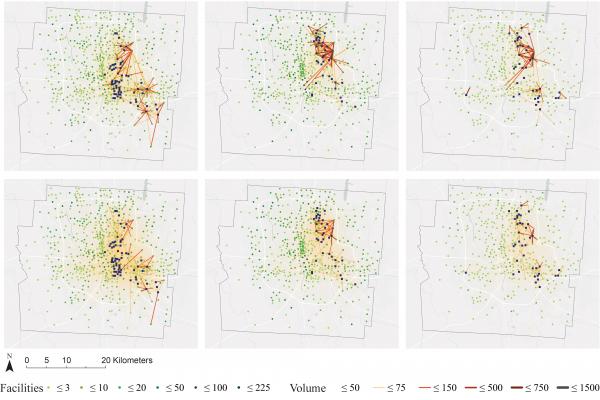What Is Essential Travel? Socioeconomic Differences in Travel Demand in Columbus, Ohio, during the COVID-19 Lockdown

This week, an article was published in the journal Annals of the American Association of Geographers co-authored by CURA Director Harvey Miller. This study focused on the socioeconomic differences in travel demand during the COVID-19 lockdown.
Abstract:
The COVID-19 pandemic has profoundly reshaped urban mobility. During the lockdown, workers teleworked if possible and left home only for essential activities. Our study investigates the spatial patterns of essential travel and their socioeconomic differences during the COVID-19 lockdown phase in comparison with the same period in 2019. Using data from Columbus, Ohio, we categorized travelers into high, moderate, and low socioeconomic status (SES) clusters and modeled travel demand of SES clusters for both phases using spatially weighted interaction models. Then, we characterized the SES variability in essential travel based on frequently visited business activities from each cluster. Results suggest that disparities in travel across SES clusters that existed prior to COVID-19 were exacerbated during the pandemic lockdown. The diffused travel pattern of high and moderate SES clusters became localized and the preexisting localized travel pattern of low SES clusters became diffused. During the lockdown, the low and moderate SES clusters traveled mostly for work with long- and medium-distance trips, respectively, whereas the high SES cluster traveled mostly for recreational and other nonwork purposes with short-distance trips. This study draws some conclusions and implications to help researchers and practitioners plan for resilient and economically vibrant transportation systems in response to future shocks.
Authors: Armita Kar, Huyen T. K. Le & Harvey J. Miller
